By Oleksii Vasyliuk
Translated by Jennifer Castner
More than a year has passed since the beginning of the Russian military’s full-scale invasion of Ukraine. We learn the majority of information about the war’s consequences by reading mass media and the internet, and it is not always possible to verify information independently. In this article, UWEC Work Group expert Oleksii Vasyliuk discusses the most widespread cases of fake environmental news in the media, some of which are top news stories despite their departure from reality.
The Russian side is actively using deliberately fictitious “facts” related to wildlife or environmental pollution in its war against Ukraine. This includes justifying new missile strikes as a “response” to fictitious actions blamed on Ukraine.
Ukraine does not itself resort to such methods of war, but much more is written and reported in that country on the consequences of hostilities, and therefore reckless journalistic errors commonly appear in Ukrainian media. Most Ukrainian information resources focus primarily on the rapid transmission of news and not on in-depth processing of verifiable facts. It is also not uncommon for journalists to favor clickbait headlines, seeking to attract the reader’s attention.
For example, the media have repeatedly labeled explosions in Enerhodar as “attacks on Zaporizhzhia nuclear power plant” and rocket fire in Khmelnitskii as “attacks on Khmelnytskyi nuclear power plant”. This creates a situation where mass media overlooks really important facts about the war’s environmental consequences, while false or back-twisted information quickly spreads and is repeatedly rebroadcasted.
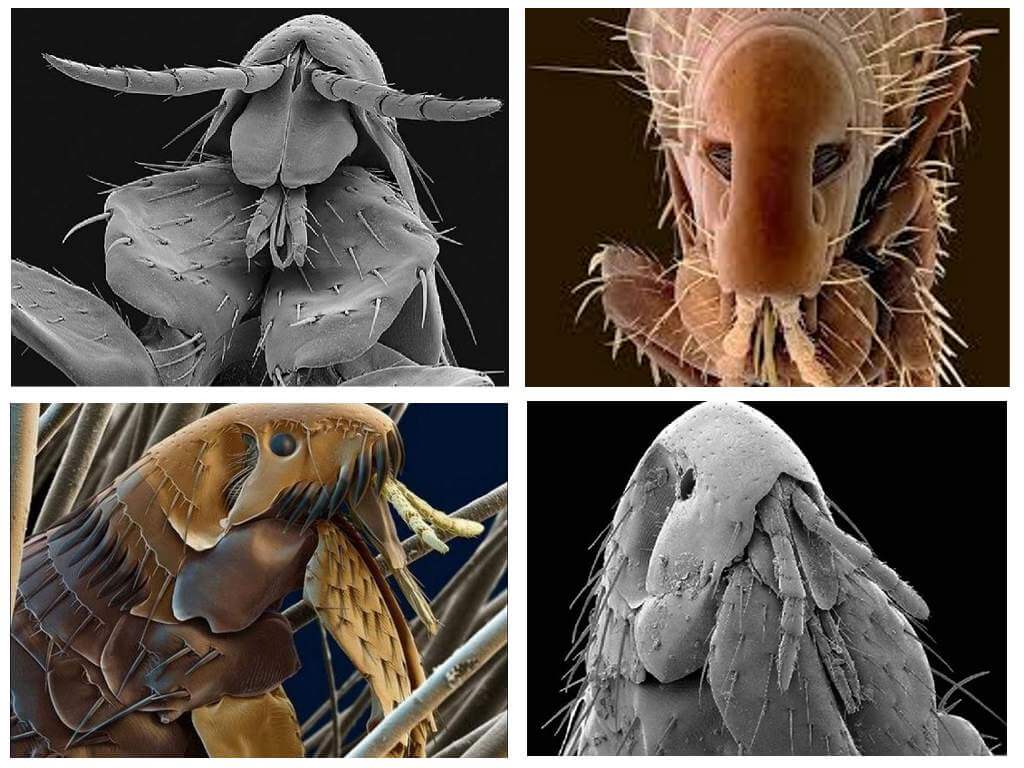
“American biolabs” and “pathogenic fleas”
From the very beginning, the most common topic for environmental fakes was the production of biological weapons in Ukraine by American biological laboratories. Over the last year, Russia has repeatedly accused Ukraine of this at UN meetings. Among other things, these
laboratories supposedly “infected” migratory animals with “pathogens”, and those, in turn, somehow infect Russian people with those same pathogens. The Russian Ministry of Defense even reported germs capable of selectively infecting specific ethnic groups in Russia. “Pathogens” included not only “bird flu” and diseases familiar in the modern world, but even bubonic plague!
In March 2022, several days after the full-scale invasion began, national Russian media announced that, “a project was created to transmit diseases using birds within the framework of military biological programs operated by the United States, its NATO-bloc allies, and Ukrainian laboratories. In particular, bird species with flight routes across Russia were identified.”
At least 30 such “biolabs” were proclaimed to exist, and information about them was actively disseminated from the start of the full-scale invasion. As in subsequent cases, the story was distributed by Russian Ministry of Defense or Armed Forces officials.
In their announcements, Askania-Nova Biosphere Reserve was mentioned in particular: “Ringed birds released from Kherson Reserve in Ukraine during biological studies were caught in 2021 in Ivanovo and Voronezh Oblasts,” reported the Russian News Agency, for example.
Indeed, migratory birds have been banded each year in Askania-Nova Reserve since at least 1892, a point of pride for Ukrainians. The reserve is one of the oldest organizations studying migratory routes using banding. Joint studies of migratory birds have been carried out between Russian and Ukrainian reserves (in particular, Voronezh Reserve) since the Soviet era (1926).
The only bird that is truly party to this war is the predatory eagle – a critical element of Russian symbology.
Leadership within the Russian Foreign Ministry also voiced news of “American pathogens” during UN meetings. These press releases were accompanied by unequivocal rhetoric that “Russian forces are concentrated along several approaches to Kiev.” Until at least until mid-March 2022, these biological laboratories were practically the sole explanation of Russia’s attempts to seize Ukraine. Aside, of course, from the usual rhetoric about oppression of the Russian-speaking population in Ukraine and a supposed “desire” by Ukrainians in almost half the regions to have their regions annexed by Russia.
After a few weeks, the false story shifted to enhance the effect. In addition to birds, “American pathogens” could now be spread by other animals: fleas (140 containers of them were allegedly based in a bat rehabilitation center in Kharkov!), mosquitoes, bats, and lizards.
Trying to choose animals that are potentially dislikeable by the statistically-average Russian citizen, the authors forgot that lizards do not migrate seasonally, preferring to hibernate rather than migrate to Russia. And it is even harder to imagine combat mosquitoes that are trained to suck only polyethnic “Russian” blood than it is to imagine migratory lizards attacking.
In reality, during the days of the largest strikes on Kharkiv, volunteers and employees of the Ukrainian Center for Bat Rehabilitation remained within city limits on principle, continuing to feed and care for their bat patients every day. And this despite the fact that on 5 March a blast shock wave blew out the rehabilitation center’s windows. Risking their lives, the
volunteers succeeded in saving 3,200 bats. Center volunteers even recorded videos showing bats being released during rocket attacks and against a backdrop of Kharkiv burning following attacks. Note the appearance of people Russia labeled as “Pentagon employees” during a UN meeting in those linked videos.
In May 2022, when the topic of infected migratory birds no longer surprised anyone, Russia launched a new falsified story, accusing Ukrainian biological laboratories of launching a coronavirus epidemic! Interestingly, this information was publicized on behalf of imaginary Ukrainians and someone even registered a corresponding petition on the President of Ukraine’s web-portal (which gained five votes, since apparently no one worked at attracting bots to sign it).

“Combat mosquitoes”
In October 2022, pathogens made a comeback, this time in new packaging. Again, the news spoke of secret Ukrainian projects led by the Pentagon. Russia filed a complaint of “combat mosquitoes” with the UN Security Council. During a speech in connection with Russia’s complaints (under Article VI of the Convention on the Prohibition of Biological and Toxic Weapons) given by Russian UN Permanent Representative Vasily Nebenzya at a meeting of the UN Security Council, the Russian Federation accused Ukraine of using unmanned aerial vehicles (including famous Bayraktar surface-to-air unmanned armed drones) to distribute containers of infected mosquitoes: “drones transport containers delivering large numbers of infectious mosquitoes in a targeted area. When bitten by mosquitoes, victims are infected by pathogens of especially dangerous diseases.”
The Russian Federation did not provide any confirmed evidence of animals spreading pathogens in any of these cases, emphasizing only that Ukraine had developed the corresponding technologies. Remembering March 2022 rhetoric, one might conclude that the entire war was launched with the intent of destroying imaginary drones and the Ukrainian Bat Rehabilitation Center with “mosquito containers” in Kharkiv.
“Ukraine wants to flood Enerhodar”
The big news in January-February 2023 was decreasing water levels at Kakhovka reservoir, leaking water through the locks of Kakhovska dam and hydropower plant (HPP). Russia currently controls the locks, and the dropping reservoir level leaves both Ukrainian President Zelensky’s hometown of Kryvyi Rih and the Crimean Peninsula without water. The only explanation for these actions is a statement by Russian government representatives that the water was being dumped in order to prevent Ukrainians from flooding Russian armed forces positions at nearby Zaporizhzhya nuclear power plant. The creators of such propaganda suggest that Ukraine would deliberately flood the largest nuclear power plant in Europe, an idea that can only be believable for a domestic Russian audience.
Ukrainian journalist errors
Ukrainian journalists also make obvious mistakes. Unfortunately, a flashy approach often turns out to be more interesting for journalists than drier real news.
“Putin and Shoigu call for clear-cutting Ukrainian forests”
This news spread in March 2022 and received so much publicity that it was thoughtlessly spread by UNIAN and Ukrinform, Ukraine’s largest news agencies, as well as the country’s main independent media resource, Ukrayinska Pravda. The Ukrainian Ministry of Defense Intelligence Department‘s possession of a letter from Russian Minister of Defense Sergei Shoigu addressed to Vladimir Putin at the very beginning of the invasion was perceived by many, including journalists, as a statement about the intention of the Russian military to clearcut Ukrainian forests for sale.
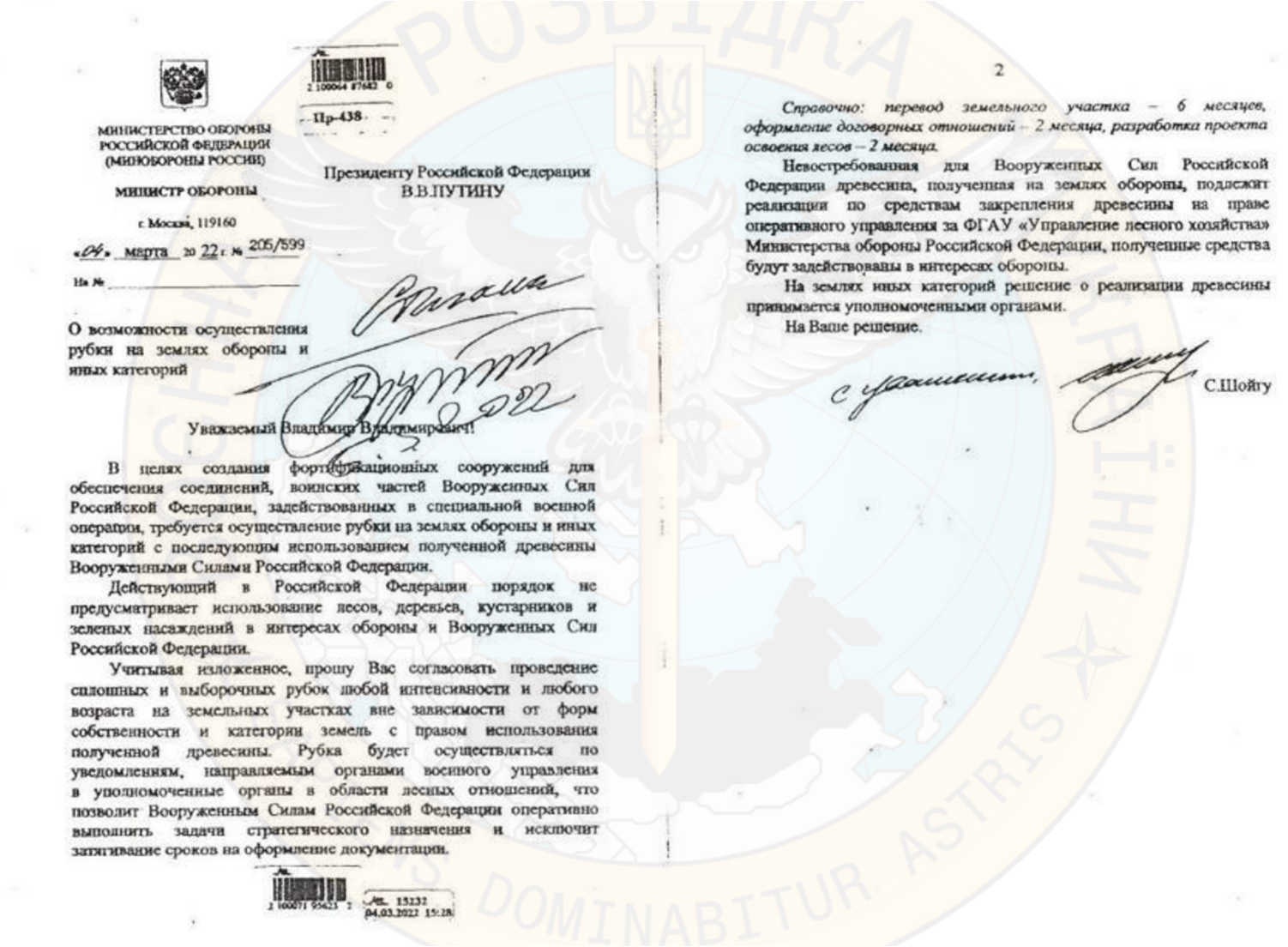
Meanwhile, a UWEC Work Group analysis found that the Russian Ministry of Defense was actually attempting to obtain carte blanche to log Russian forests. But at that “critical” moment, no journalists paused to consider that Russia has no need for Ukrainian timber when Russian forests are 74 times greater in size than the total area of Ukrainian forests. Additionally, the cost of Russian fuel deliveries to Ukraine for timber trucks is absurd, particularly considering that Russian tank fuel deliveries have been problematic from the very start. Wood delivered by motor vehicles over such distances could be gold-plated at that price.
Unfortunately, this particular fake news spread significantly at the beginning of the war and is occasionally mentioned even to this day. For example an April 2023 Wall Street Journal article discusses damage to Ukrainian forests caused by Russian occupiers, while otherwise containing more or less plausible facts regarding deforestation in occupied parts of Ukraine.
Photos of Russian “timber trucks” on Ukrainian territory can indeed be found on the Internet, but these “timber trucks” often are not burning fuel for timber exports, but rather serving as portable fueling stations disguised as logging trucks to supply fuel to the Russian armed forces.

“Russians destroyed plant gene bank”
The Yuryeva Institute of Horticulture’s National Center of Genetic Resources was indeed damaged during mass shelling of Kharkiv in May 2022. But Ukrainian mass media shared information about the Center’s total destruction and linked it to a video recorded by a Center employee.
News of the Center’s destruction was also picked up by news agencies Ukrinform and UNIAN. Three days later, the video about the institution’s “complete destruction” was removed from YouTube, although an archived copy remains available. Mass media sources spread a subsequent story about the actual fact that a unique collection of genetic resources was saved and only plant samples selected for seeding work were destroyed. The Center remains in operation.
“Hydrogen sulfide leaks from Azov Steel plant”
During the battle for Azovstal, news spread in Mariupol that bombing the plant could lead to a “hydrogen sulfide leak” from special tanks into the Sea of Azov. Fortunately, officials of the Ministry of Natural Resources did not take responsibility for spreading this news, recklessly spread on Twitter instead by representatives of Mariupol City Council. 1,000 km west of Mariupol, the director of the Lviv Children’s Environmental and Naturalist Center, however, leapt to conclusions. Unfortunately, journalists failed to understand that hydrogen sulfide is a gas and cannot leak anywhere in liquid form. It is noteworthy that this news was published at the precise moment when negotiations were underway to end the bombing of Azovstal.
“Three million hectares of burned forest”
In September 2022, WWF-Ukraine experts first mentioned the figure “2-3 million hectares” in the context of occupied forests, or forest areas that “survived” hostilities and Russian occupation. In reality, today, these forests await demining. Access to them is temporarily lost for forestry collectives (leskhozi); tragedies have already occurred several times and leskhoz workers have been killed by mines on forest roads. This does not mean, though, that the forests are destroyed – they are simply not accessible for economic activity.
Battles in the “eastern direction” (Lyman, Severodonetsk, Svyatohirsk, Lysychansk, Rubizhne, Bogorodychnoe, Bilohorivka) occurred in areas surrounded by forests, including pine plantation forests, the most fire-hazardous category of forest in Ukraine. For example, 6,000 hectares of such forests were damaged in Kharkiv Oblast and 15,000 hectares in the Donetsk region. In February 2022, the military invaded, passing through the Chornobil exclusion zone, followed by subsequent acts of sabotage launched from the Belarusian border that led to fires over a 22,000-hectare area. However, it was the news that three million hectares of forests were damaged or burned as a result of combat operations that gained a foothold among Ukrainian news agencies.
“50,000 dolphins die in the Black Sea”
The last and largest fake of 2022 was the information that “50,000 dolphins” died in the Black Sea as a result of Russian military activity. Indeed, maritime military activity creates a whole host of factors that endanger marine mammals. This is connected not only to munitions explosions, which rarely happen at sea in any case in this war. Chemical and, most importantly, noise pollution from military and civil ships can result in dolphins becoming unable to hunt. UWEC conducted a detailed evaluation of this potential issue in September 2022.
Summarizing the events of 2022, Pavel Goldin, a leading expert on cetaceans in the Black Sea region, confirmed that a total of about 900 dolphins had died across the entire region. That number is a tiny fraction of the figure reported in mainstream media. Unfortunately, it was this fake, spread by TV channels and news agencies, that became the most popular in 2022, and it was repeated by UAnimals, a Ukrainian animal protection organization. President Volodymyr Zelenskyy noted the exaggerated mortality in his November 2022 video addressing participants of the G20 summit.
UWEC Work Group received a document from the Ukraine State Environmental Inspection in which the Ministry officially confirmed that just eight dead dolphins were found in 2022: “… for the destruction of cetaceans in Black Sea waters within Odesa Oblast, totaling UAH 800,000 in damages, namely eight dead cetaceans (5 beluga whales and 3 bottlenose dolphins),” (Letter of Ukraine State Inspection No. 160/2.7/4-23, 12.01.2023).As a side note, the Ministry of Natural Resources’ official explanation contradicts statements made by Tuzlovvskie Lymani National Park employees, who claim that 35 dead animals were found on their shoreline alone by the end of summer 2022).
Conclusions
In wartime, intentional and unintentional dissemination of false information is inevitable. Journalists often lack access to reliable primary sources and locations of environmental damage, especially under the pressure of deadlines. Propagandists use any and all information as a weapon. Any damage can be repeatedly exaggerated or underestimated in order to blame the opponent or follow an emotional impulse. It is critical to solicit expert input and to apply common sense when evaluating facts and hastily declared “on location reports”.
Main image source: MediaIQ.info


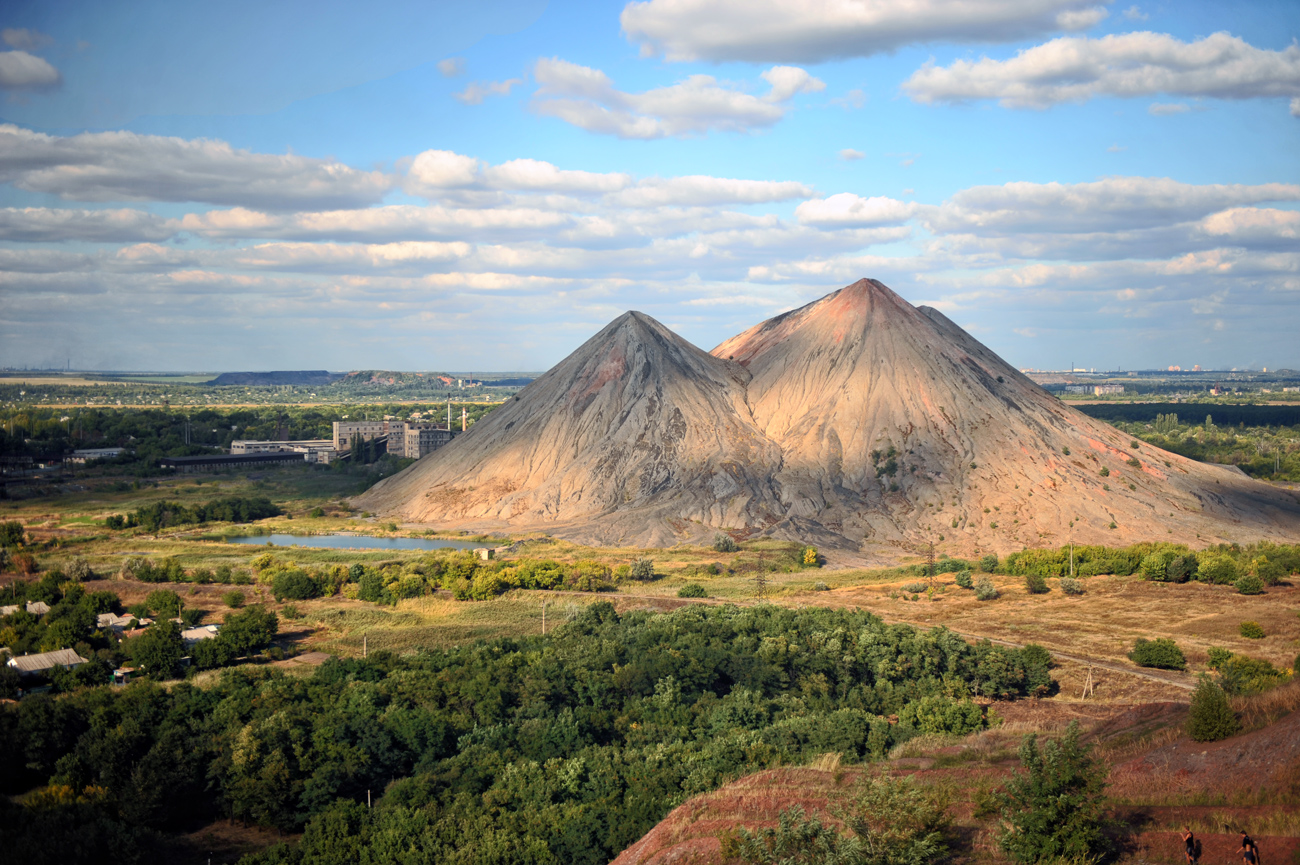
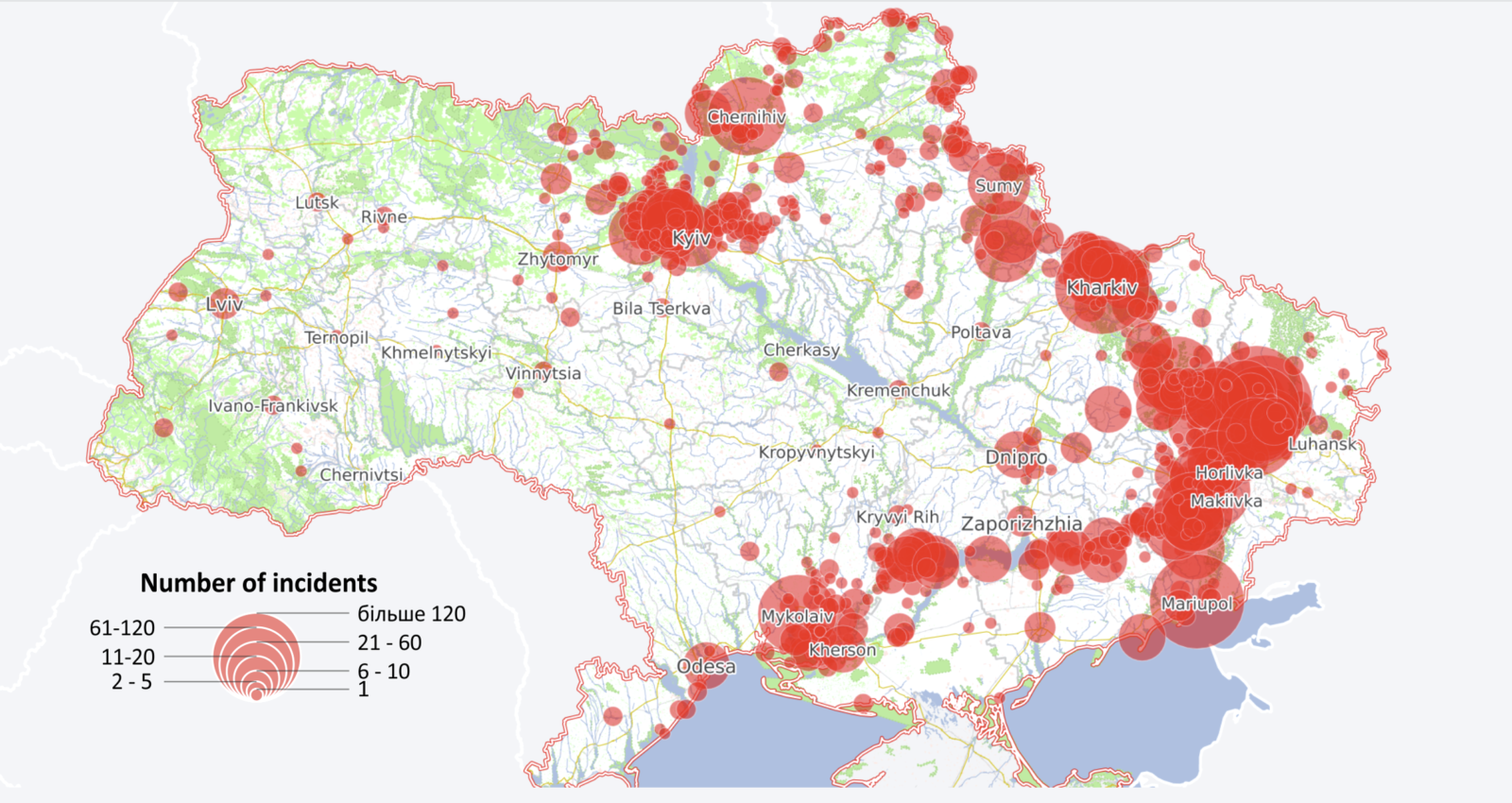
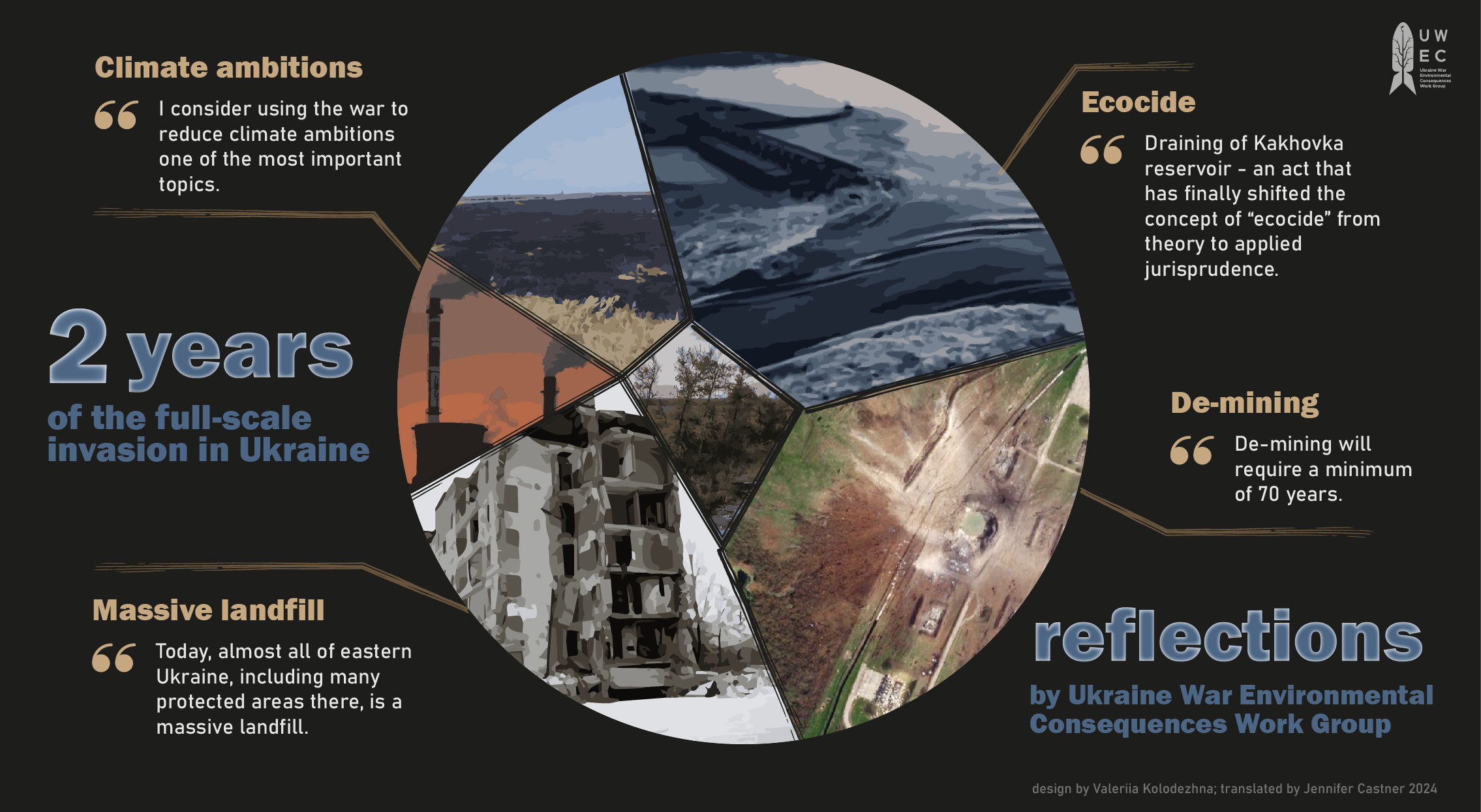
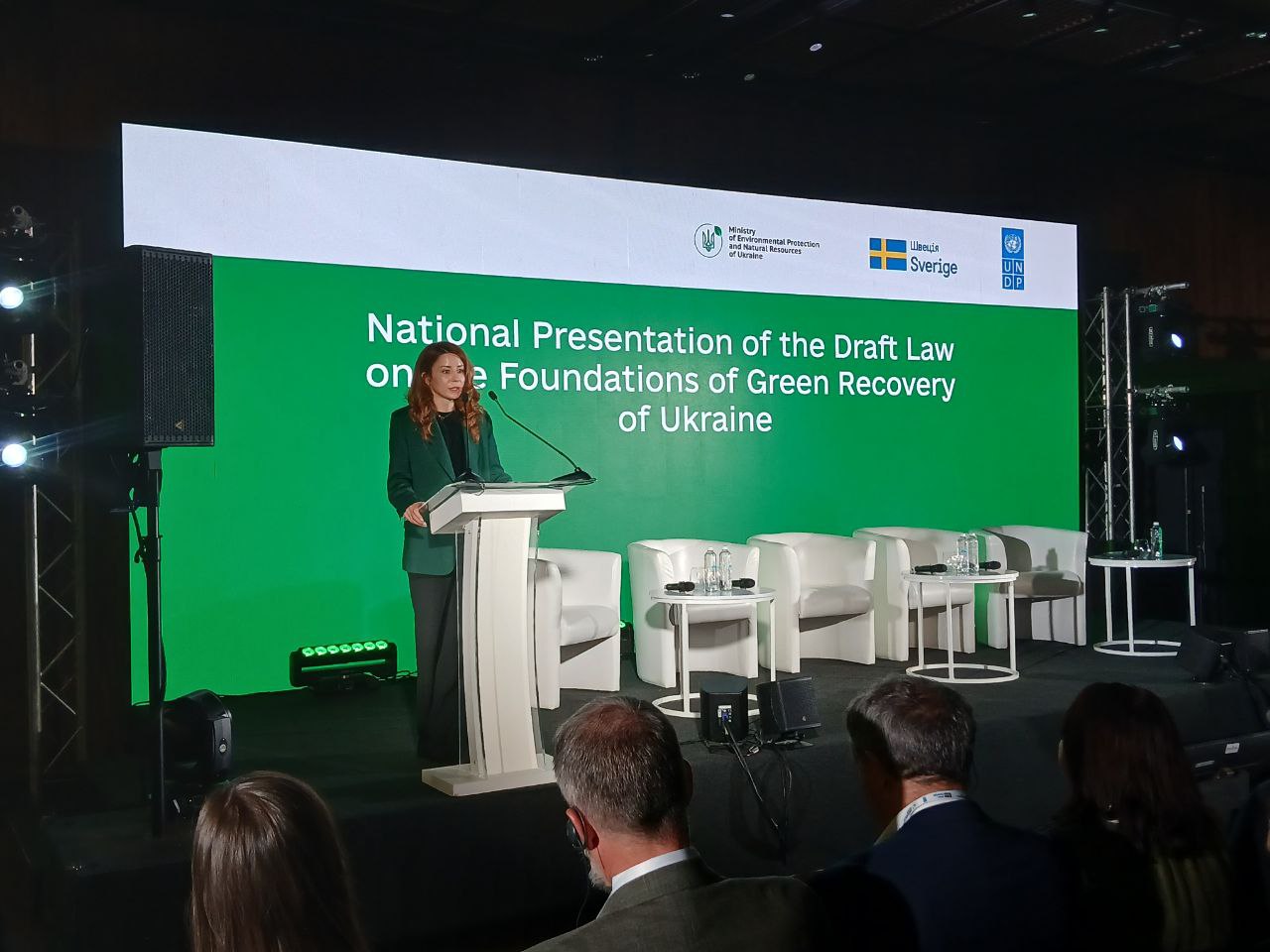
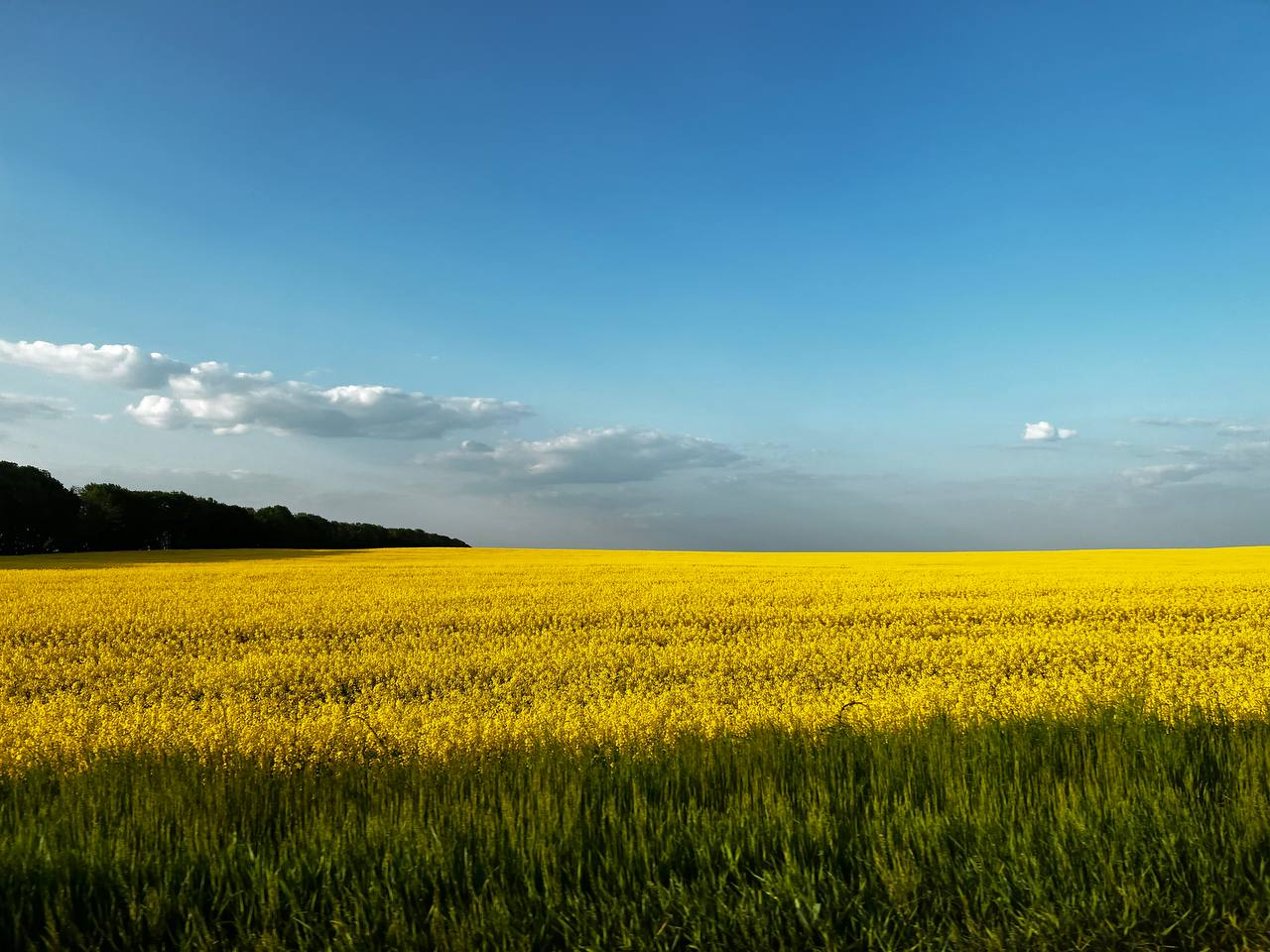

Comments on “Environmental fakes: How false environmental news is used in the information war”